Nature has a flair for keeping us humble. Just when we think we understand how the world works, it throws a curveball—or a cube-shaped wombat poop—our way. From animals that cheat death to myths that fooled generations, there’s a fine line between fact and folklore. These 15 weird truths and silly lies about nature will make you question everything you thought you knew about the animal kingdom—and probably give you a few party facts to drop at your next dinner.
1. Octopuses Have Three Hearts—And Each One Has a Job
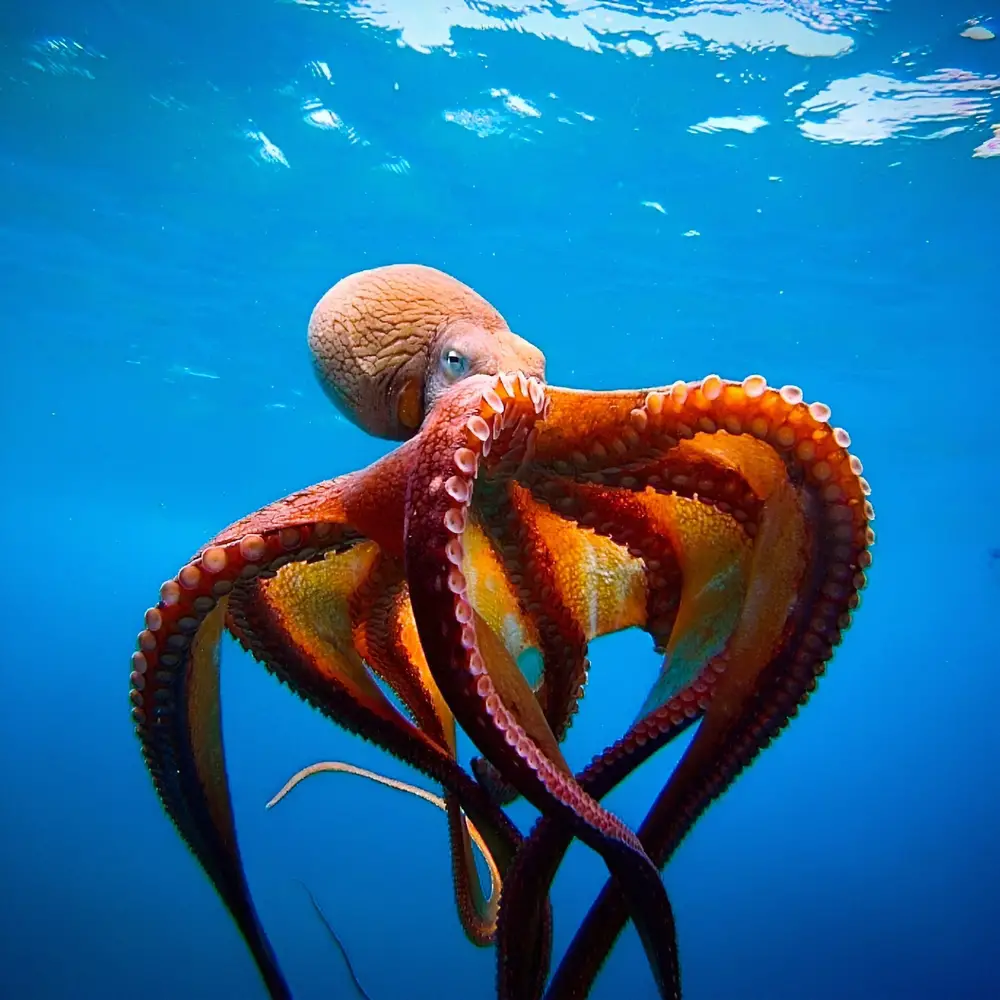
Most people know octopuses are intelligent, but few realize each one comes with three hardworking hearts. According to the Smithsonian Ocean Institute, two hearts pump blood to the gills while the third pushes it to the rest of the body. When an octopus swims, its main heart actually stops beating, which is why they prefer to crawl instead of swim. Their anatomy is basically alien-level design.
This detail alone transforms the octopus from a fascinating creature to an outright evolutionary marvel. Three hearts, nine brains, and blue blood—it sounds made up, but it’s real. If you ever needed proof that Earth hides extraterrestrials in plain sight, this is it.
2. Lightning Never Strikes the Same Place Twice
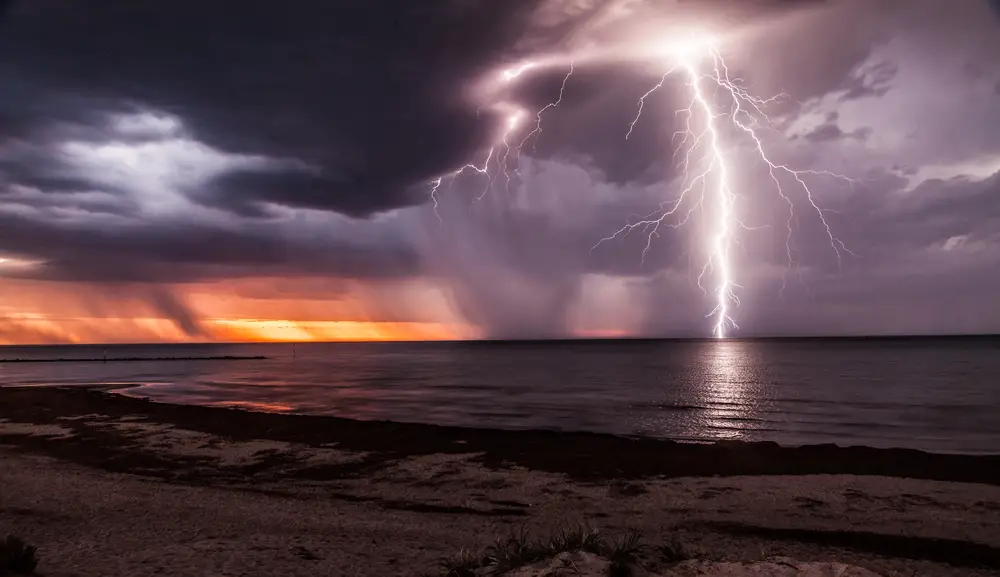
This comforting old saying is completely false. Lightning not only can but regularly does strike the same spot multiple times. Tall structures like skyscrapers and trees make ideal targets because of how electricity seeks the path of least resistance. The Empire State Building, for instance, is struck dozens of times each year.
The myth probably stuck around because it sounded reassuring—a poetic way to say bad luck doesn’t repeat. In reality, lightning doesn’t care about fairness. The only rule it follows is physics.
3. Goldfish Have a Three-Second Memory

Goldfish are often written off as tiny, forgetful creatures swimming in clueless circles. But research from Dr. Culum Brown at Macquarie University found goldfish can remember information for months and can even be trained to associate sounds with food. They’re smarter than most people give them credit for—and far more emotionally perceptive.
This myth persisted because their repetitive swimming looks mindless. In truth, goldfish have complex cognitive abilities and can recognize their owners. That blank stare? It’s not stupidity—it’s judgment.
4. Flamingos Aren’t Born Pink
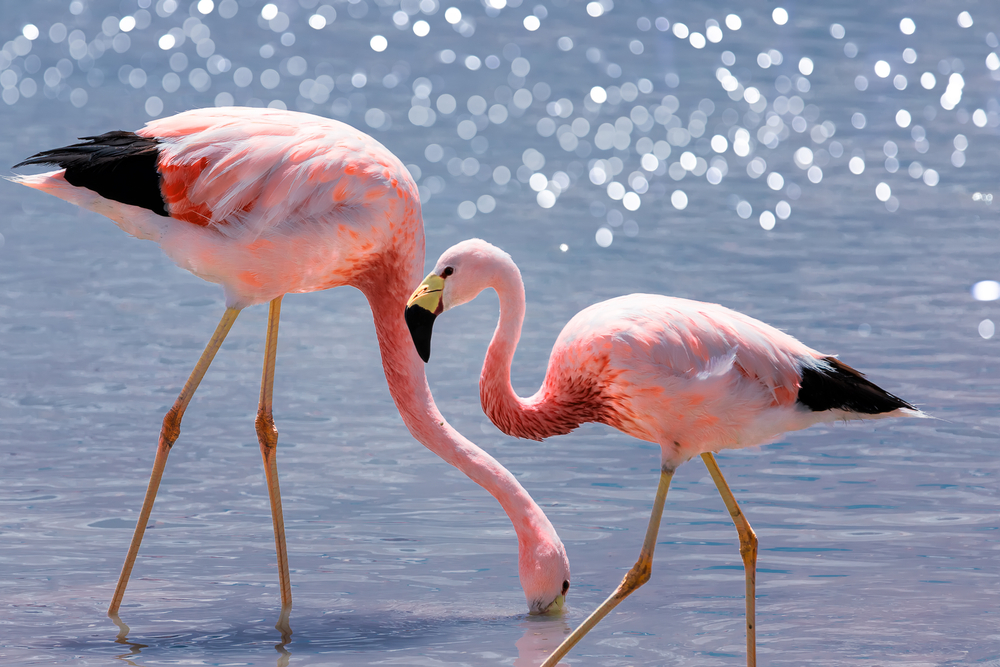
Flamingos are actually born gray and turn pink from the pigments in shrimp and algae they eat. It’s a glow-up courtesy of beta-carotene. Their transformation from drab chick to candy-colored icon proves that even in nature, you are what you eat.
Their color is also a social signal—brighter flamingos tend to be healthier and more attractive mates. It’s the animal world’s version of good lighting and great skincare.
5. Sea Otters Hold Hands So They Don’t Drift Apart
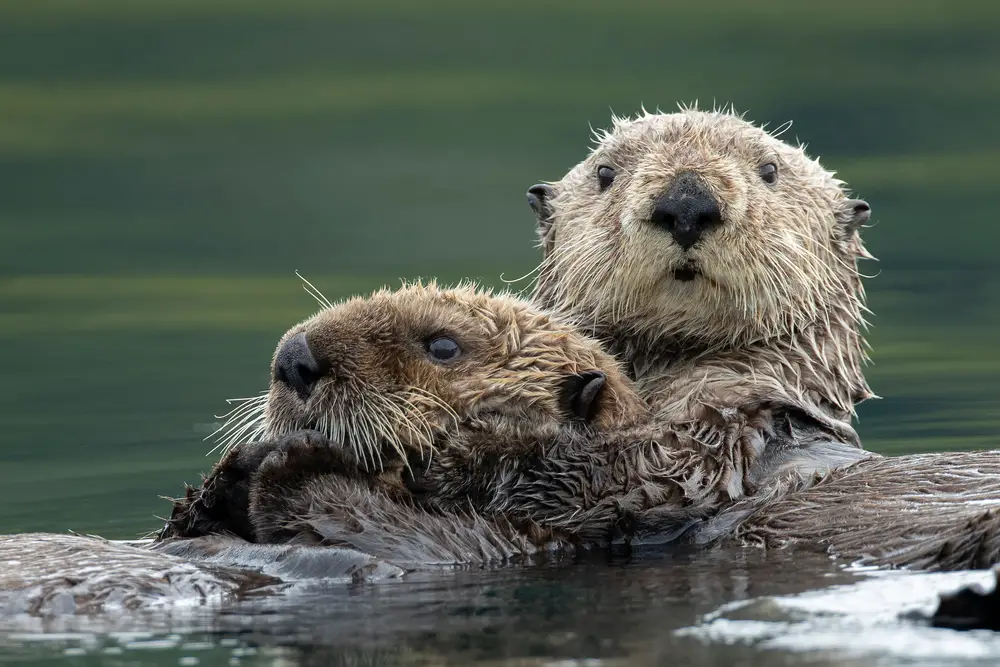
If you’ve ever seen two sea otters holding hands, congratulations—you’ve witnessed one of nature’s sweetest survival strategies. These fuzzy creatures float on their backs in “rafts” and link paws to keep from drifting away while sleeping. According to the Monterey Bay Aquarium, they sometimes even wrap themselves in kelp like a blanket for extra stability.
The behavior isn’t just cute—it’s vital. Sea otters rely on touch for connection and safety, and their habit of hand-holding literally keeps families together. It’s hard not to feel human-level tenderness about it.
6. The Great Wall of China Is Visible from Space

It’s a romantic idea that the Great Wall of China can be seen from orbit—but astronauts have repeatedly debunked it. The wall blends too well with the surrounding landscape, making it nearly invisible without the right lighting or magnification. It’s a beautiful myth born from national pride and poetic imagination.
In truth, plenty of human-made structures are visible from space—especially city lights—but the Great Wall isn’t one of them. It’s impressive on Earth, but from orbit, it vanishes into history and haze.
7. There’s a Jellyfish That Can Technically Live Forever
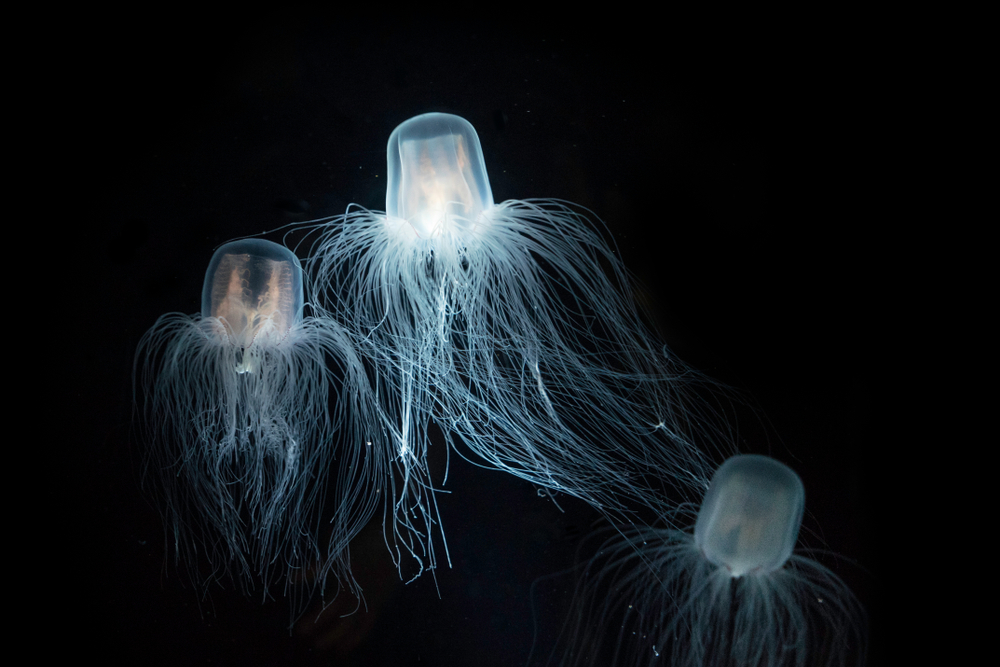
Meet *Turritopsis dohrnii*, the so-called “immortal jellyfish.” According to research published in Nature, it has the extraordinary ability to revert its cells back to a juvenile state when injured or threatened, essentially resetting its biological clock. Scientists call this transdifferentiation—a natural form of age reversal.
While these jellyfish aren’t immune to predation or disease, their cellular trickery could theoretically make them immortal. It’s one of those eerie facts that blurs the line between science and science fiction. Somewhere in the ocean, forever is quietly pulsing.
8. Bulls Are Enraged by the Color Red
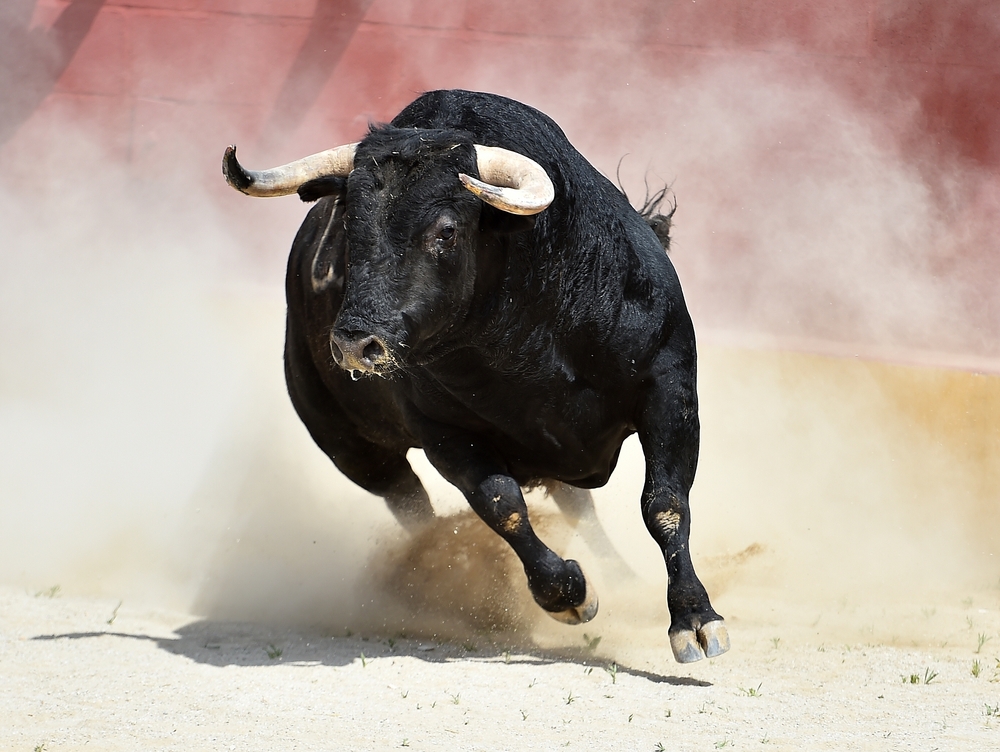
The red cape in bullfighting? Purely theatrical. Bulls are colorblind to red—they charge at motion, not hue. It’s the dramatic movement of the cape that sets them off, not its shade. The “red rage” myth just looked better in paintings.
Science has known this for decades, but pop culture refused to let it go. Blame centuries of tradition for one of the most colorful lies ever told.
9. A Day on Venus Is Longer Than a Year on Venus
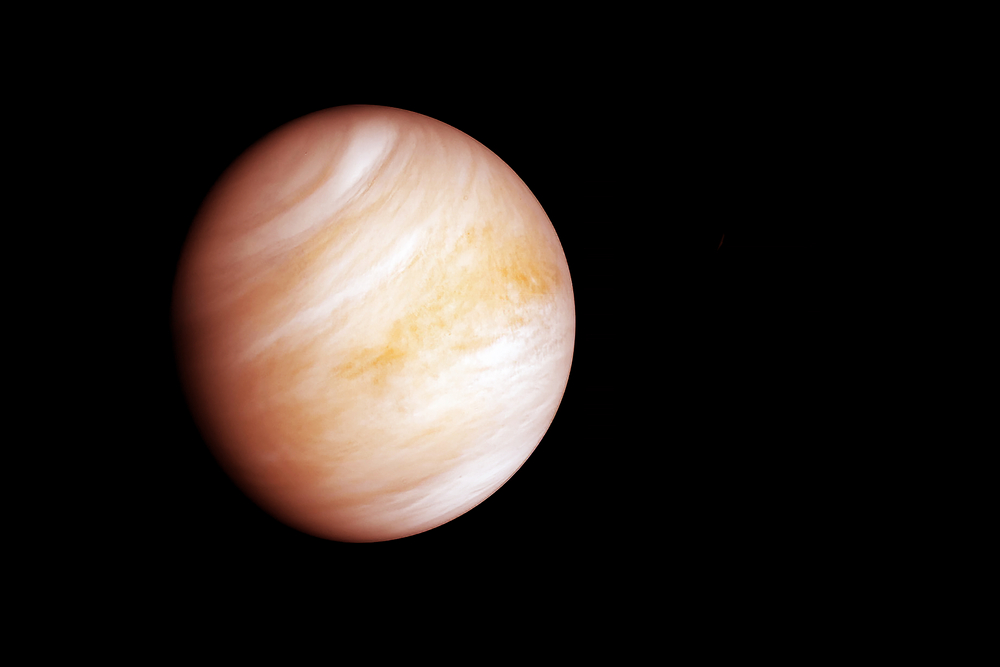
Venus spins so slowly that it takes longer to complete one rotation than it does to orbit the sun. That means a Venusian day is longer than its year. It’s one of the strangest quirks in our solar system and an astronomer’s favorite fact to drop mid-conversation.
It’s also a poetic metaphor for patience—Venus literally takes her time to turn around. Space is weird, and Venus might be the weirdest of them all.
10. Wombat Poop Is Cube-Shaped

Wombats are the only animals known to poop perfect little cubes. This geometric feat helps their droppings stay in place to mark territory. Scientists discovered that the unique elasticity of their intestines shapes the feces during digestion—it’s basically built-in packaging.
The internet loves this fact because it’s part gross, part adorable, and completely unexpected. It’s proof that evolution has a sense of humor.
11. Sharks Existed Before Trees
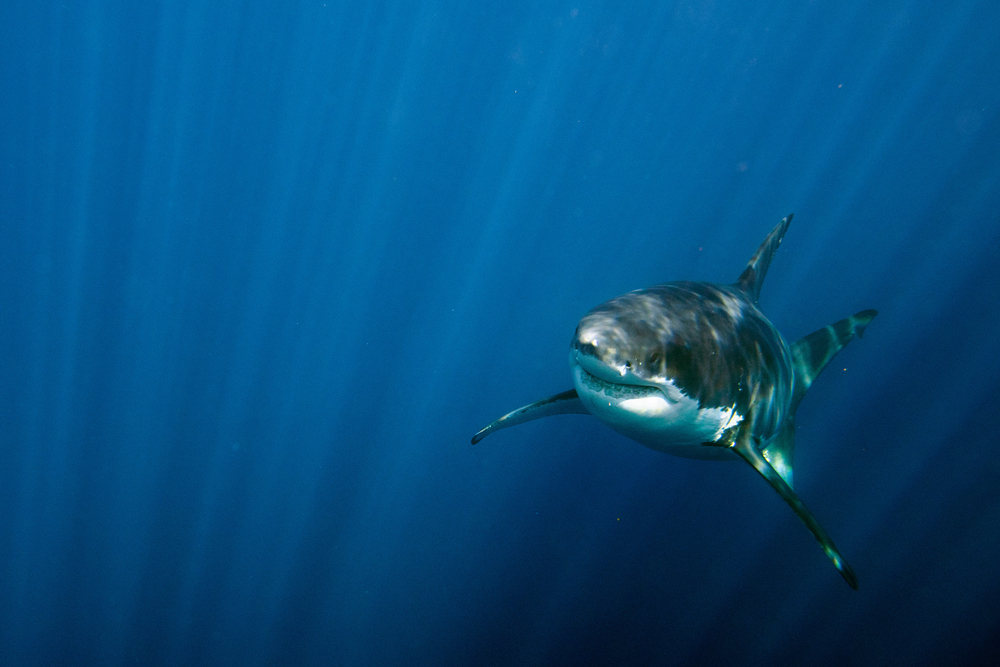
Sharks have been around for about 400 million years—long before trees appeared roughly 385 million years ago. This flips the script on our evolutionary timeline, proving sharks are literal living fossils. They’ve outlasted multiple extinction events and still reign supreme in the ocean.
This fact always blows minds because it’s counterintuitive. The predator came before the forest, not the other way around. Sharks were ancient before dinosaurs were even a thought.
12. Butterflies Taste With Their Feet
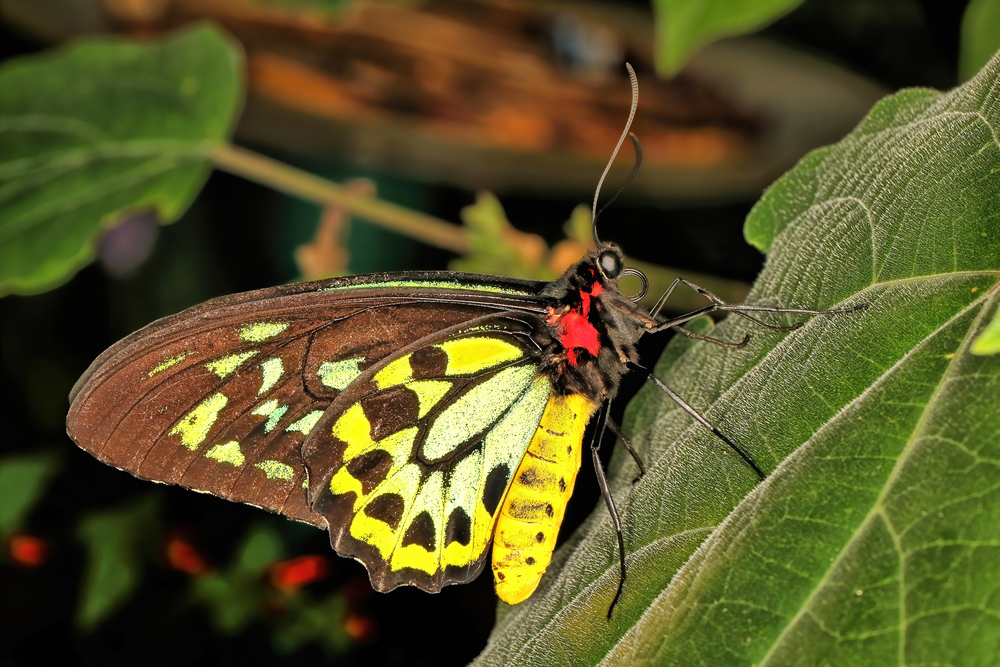
Butterflies might be beautiful, but they’re also kind of gross in the most fascinating way. According to the *National Wildlife Federation*, butterflies have special receptors on their feet that let them “taste” surfaces to check if they’re good for laying eggs or feeding. Essentially, they’re walking tongues.
It’s an oddly efficient design—why waste time guessing when you can just step on dinner? It’s a reminder that nature’s weirdest ideas are often its smartest.
13. Touching a Baby Bird Makes Its Mother Abandon It
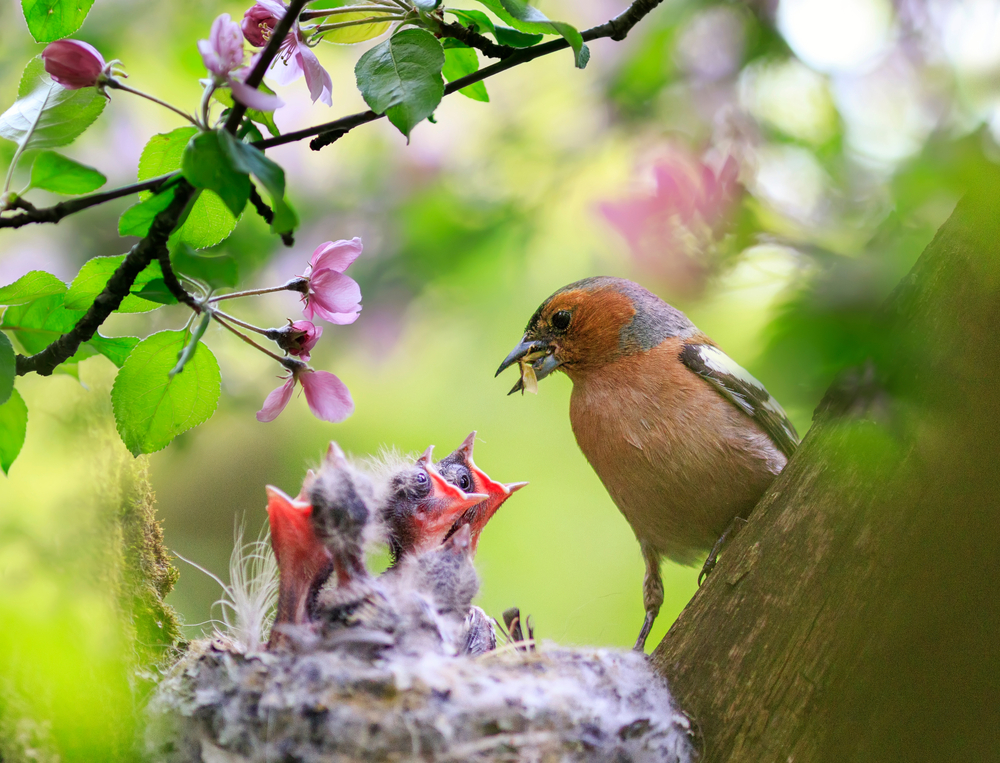
This is one of the most persistent wildlife myths of all time. People were taught that touching a fallen chick would cause its mother to reject it due to “human scent.” In reality, most birds have an extremely poor sense of smell and will continue to care for their young after brief human contact.
Wildlife biologists have long tried to squash this myth. If you see a baby bird on the ground, gently returning it to the nest is often its best chance of survival. Compassion, not superstition, is the right call.
14. Sloths Can Drown Simply By Falling Asleep Near Water
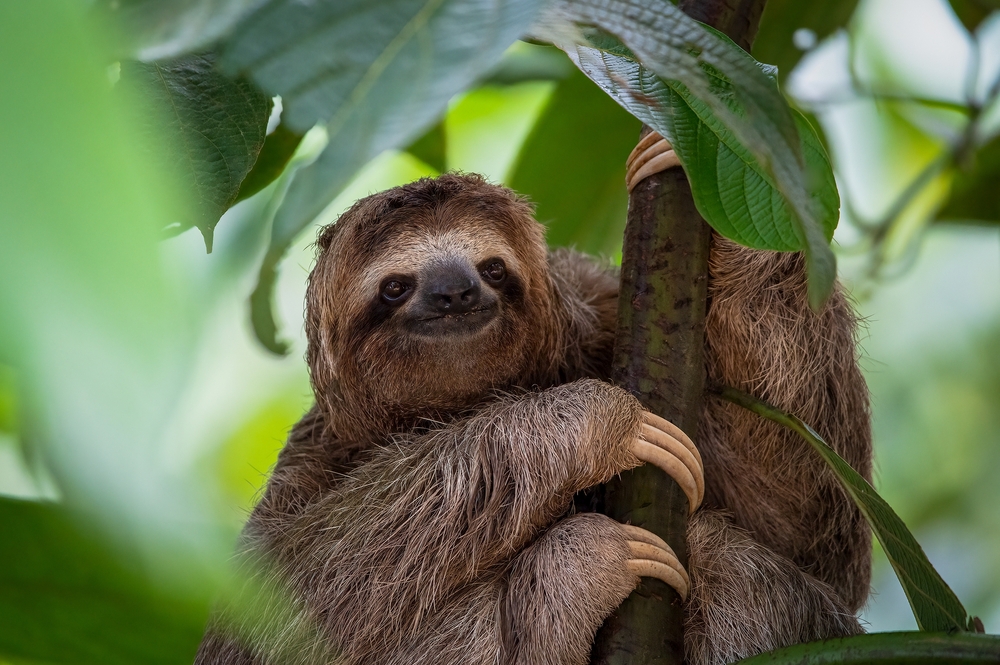
Because sloths move so slowly, their bodies don’t always register danger until it’s too late. If they nod off hanging over water, they can lose their grip and fall in—sometimes too groggy to save themselves. It’s tragic, but also the definition of “living life on easy mode.”
Scientists say sloths’ metabolism is so slow that they can hold their breath longer than many mammals—but even so, naps and water don’t mix. Nature loves irony.
15. There Are More Stars in the Universe Than Grains of Sand on Earth
Astronomers estimate there are about a septillion stars in the observable universe—a 1 followed by 24 zeros. In comparison, Earth has roughly seven quintillion grains of sand. It’s not even close. Space wins by an unfathomable margin.
This fact is both humbling and uplifting. Every star is its own potential world, its own mystery. The next time you feel insignificant, remember—you’re made of the same stardust as all of them.
